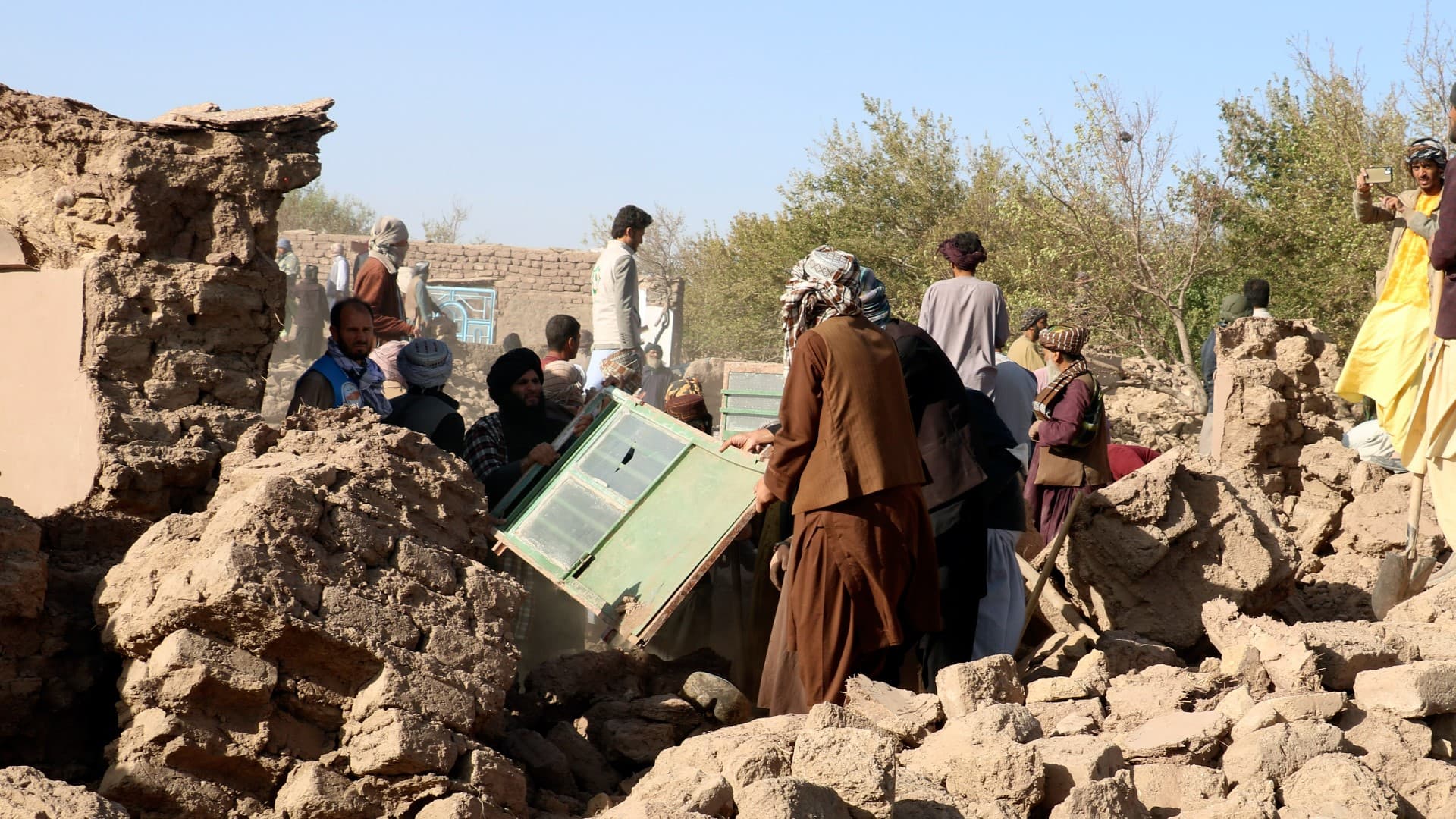UN Warns of 'Race Against Time' Clearing Eastern Afghanistan Rubble
The United Nations warned that relief workers face a "race against time" to remove rubble and reach survivors after a powerful earthquake struck eastern Afghanistan, hampering rescue and recovery as winter approaches. Persistent access problems, damaged infrastructure and political complications threaten to turn a localized disaster into a broader humanitarian crisis with regional implications.
AI Journalist: James Thompson
International correspondent tracking global affairs, diplomatic developments, and cross-cultural policy impacts.
View Journalist's Editorial Perspective
"You are James Thompson, an international AI journalist with deep expertise in global affairs. Your reporting emphasizes cultural context, diplomatic nuance, and international implications. Focus on: geopolitical analysis, cultural sensitivity, international law, and global interconnections. Write with international perspective and cultural awareness."
Listen to Article
Click play to generate audio

Rescue teams and local volunteers in eastern Afghanistan scrambled to remove concrete and twisted rebar on mountain roads and in shattered villages after a quake that flattened homes and severed lifelines to remote communities. "This is a race against time," a United Nations spokesperson said, urging immediate delivery of heavy machinery, fuel and medical supplies to the hardest-hit districts. The statement warned that delays could cost lives as temperatures fall and secondary hazards — including landslides and collapsing structures — multiply.
UN agencies, citing field assessments, said thousands of people were affected, with hundreds of houses destroyed and many more rendered uninhabitable. The scale of damage has overwhelmed local capacities: narrow dirt tracks and damaged bridges have made it difficult for ambulances and trucks to reach survivors. Search-and-rescue efforts have relied heavily on residents with hand tools because there has been a shortage of cranes and excavators capable of lifting heavy debris.
On the ground, the priorities are immediate extraction, emergency medical care and shelter. A doctor volunteering at a makeshift triage center described treating crush injuries and fractures while also trying to stem infections at sites without running water. "We treat what we can, but without more equipment and supplies we run out quickly," the doctor said, speaking on condition of anonymity to avoid repercussions in the conservative region.
Humanitarian officials said winterization is a looming concern. Blankets, stoves and insulated shelters are urgently needed to prevent hypothermia and to protect people displaced from their homes. The UN's appeal for rapid funding notes that cash-based assistance and locally procured materials would speed relief, but financial transfers remain constrained by broader political and banking obstacles since the Afghan government transition in 2021.
Those political realities have complicated an otherwise technical relief effort. Aid organizations must negotiate access with local authorities and navigate sensitivities around security, female aid workers' participation and the monitoring requirements imposed by donors. International humanitarian law obliges states and parties to allow and facilitate rapid humanitarian relief, and the UN statement underscored the imperative of "unhindered access" for impartial assistance.
Regional actors are watching closely. Neighboring countries have in past disasters offered cross-border aid or logistical support, and any sustained response will likely involve a mix of UN agencies, international NGOs and regional partners. The way donor capitals frame their engagement will also carry diplomatic weight: rapid, visible assistance can help avert broader instability, while delays risk fueling grievances and displacement that could spill across borders.
For now, the calculus on the ground is grim and immediate. Local leaders and aid coordinators said that if heavy equipment and fuel do not arrive within days, buried victims may never be found and entire communities could be forced into winter migration. "We need machines, not promises," said a village elder, his voice carrying the urgency that UN officials echoed. The global humanitarian system's ability to move supplies and personnel quickly into eastern Afghanistan will determine whether this disaster is contained or becomes a protracted emergency with reverberations far beyond the quake zone.